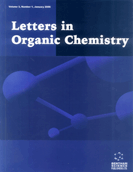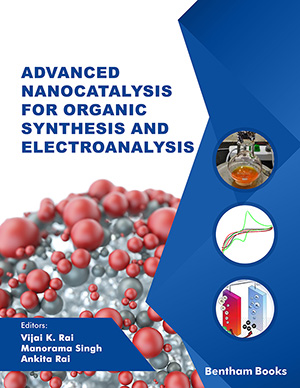Abstract
The steroidal B-ring 2H-pyran 2 is synthesized by reacting steroidal B-ring α,β- unsaturated ketone 1 and 2-cyano-N-methylacetamide by refluxing for 18 h in methanol in the presence of a catalyst, i.e., chitosan. The product is obtained with a yield of 67%. The structure of the final product 2 is confirmed by utilizing IR, Mass, 13C and 1H NMR spectra. The reaction mechanism of the steroidal pyran ring formation is explored in this paper. The reaction pathway is described by using FMO analysis and relative energies of starting material, intermediate, and transition states, calculated by using the theoretical method, i.e., DFT with B3LYP/6-31G(d). It is found that two intermediates are formed throughout the reaction, which undergo a respective transition state (TS1 and TS2). The energy barrier of each step of the reaction is also calculated. It is also concluded that the reaction is endothermic. The green synthetic method reported in this study would be very useful for the synthetic and medicinal chemists involved in the synthesis of biologically important pyran ring-containing heterocyclic compounds.
Keywords: Cholesterol, pyran, steroid, mechanism, green catalyst, chitosan.

























